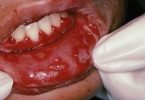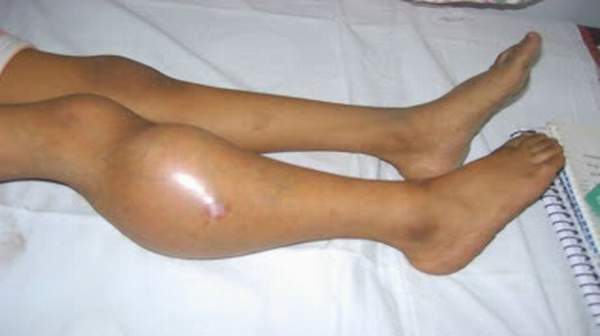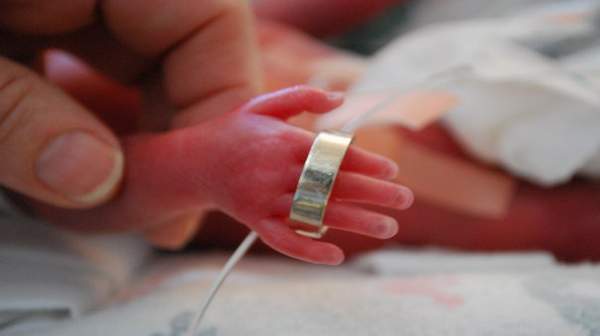What's in this article?
What is Ebstein’s Anomaly?
Ebstein’s anomaly is a rare heart defect that’s present at birth (congenital). In Ebstein’s anomaly, your tricuspid valve the valve between the chambers on the right side of your heart doesn’t work properly. Blood leaks back through the valve, making your heart work less efficiently. Ebstein’s anomaly may also lead to enlargement of the heart or heart failure.
If you have no signs or symptoms associated with Ebstein’s anomaly, careful monitoring of your heart may be all that’s necessary. If signs and symptoms bother you, or if the heart is enlarging or becoming weaker, treatment for Ebstein’s anomaly may be necessary. Treatment options include medications and surgery.
Signs and symptoms of Ebstein’s Anomaly
Patients can have a variety of symptoms related to the anatomic abnormalities of Ebstein anomaly and their hemodynamic effects or associated structural and conduction system disease, including the following:
- Cyanosis
- Fatigue and dyspnea
- Palpitations and sudden cardiac death
- Symptoms of right heart failure, such as edema and ascites
Other less common presenting symptoms include the following:
- Brain abscess due to right-to-left shunt
- Bacterial endocarditis
- Paradoxical embolism, stroke, and transient ischemic attacks
Causes of Ebstein’s Anomaly
The tricuspid valve is normally made of three parts, called leaflets or flaps. The leaflets open to allow blood to move from the right atrium (top chamber) to the right ventricle (bottom chamber) while the heart relaxes. They close to prevent blood from moving from the right ventricle to the right atrium while the heart pumps.
In persons with Ebstein’s anomaly, the leaflets are unusually deep in the right ventricle. The leaflets are often larger than normal. The defect usually causes the valve to work poorly, and blood may go the wrong way. Instead of flowing out to the lungs, the blood flows back into the right atrium. The backup of blood flow can lead to heart swelling and fluid buildup in the body. There may be narrowing of the valve that leads to the lungs (pulmonary valve).
In many cases, patients also have a hole in the wall separating the heart’s two upper chambers and blood flow across this hole may cause oxygen-poor blood to go to the body. This can cause cyanosis, a blueish tint to the skin caused by oxygen-poor blood.
Ebstein’s anomaly occurs as a baby develops in the womb. The exact cause is unknown, although the use of certain drugs (such as lithium or benzodiazepines) during pregnancy may play a role. The condition is rare. It is more common in white people.
Ebstein’s Anomaly Treatment
Treatment depends on the severity of the defect and the specific symptoms. Medical care may include:
- Medications to help with heart failure
- Oxygen and other breathing support
- Surgery to correct the valve may be needed for children who continue to worsen or who have more serious complications





